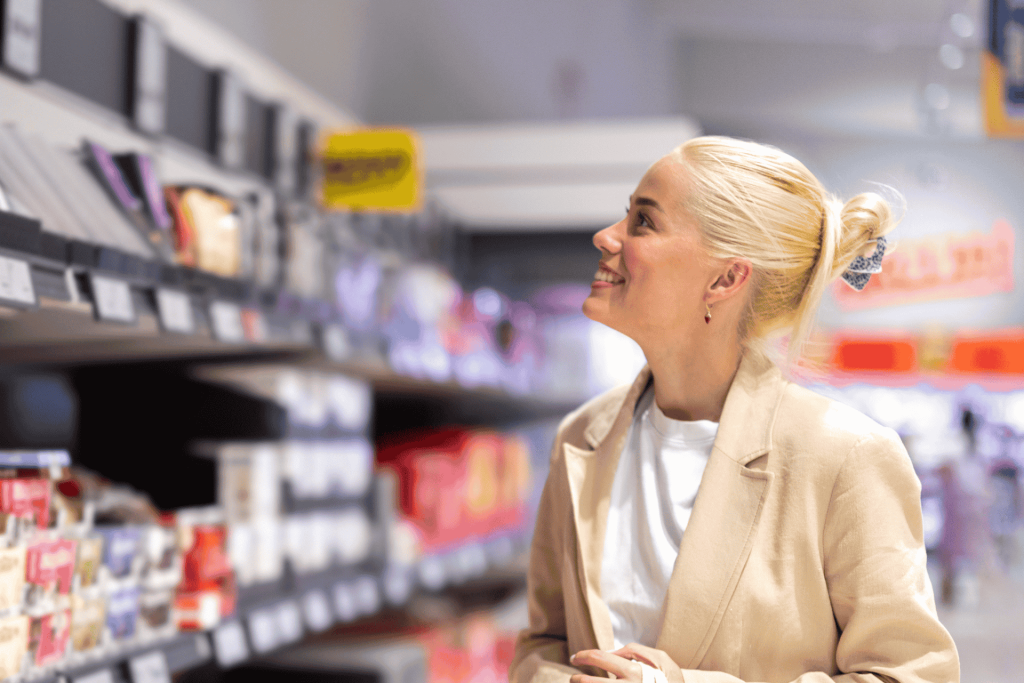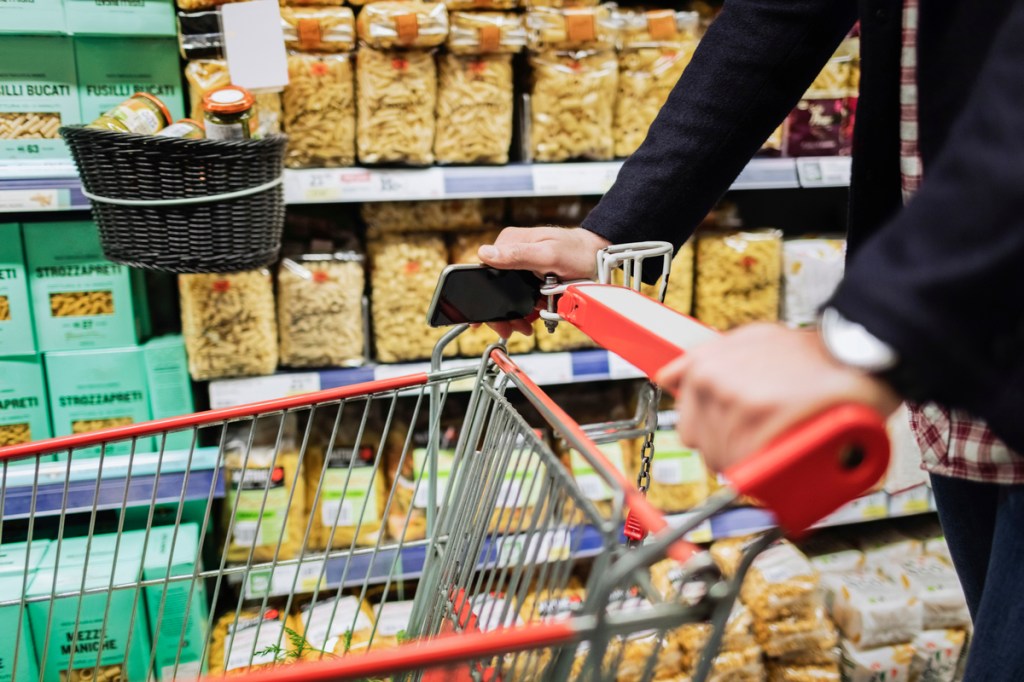Online grocery and drug sales were already on a rapid growth trajectory before COVID-19. But recent lockdowns and health concerns due to the pandemic have accelerated that trend at an astonishing pace. In the US, online grocery sales grew 22% in 2019 and are set to grow a further 40% in 2020 according to a Coresight Research study.
This growth has many retailers scrambling to upgrade their digital customer experience. Project roadmaps that were previously in years have been accelerated to be completed in months or even weeks.
One of the features that has always been at the heart of the online shopping experience is product recommendations. Looking to make up for the loss of spontaneous purchases as customers walk the aisles of a physical store, retailers have worked to develop ways to suggest to customers other items they might want to add to their cart. Our research shows that unplanned purchases make up 20% of the basket in Grocery. In Health and Beauty, the number is even higher. Retailers have developed deep expertise over decades in driving unplanned purchases – it is built into store layouts, planograms, end cap displays, and signage. Finding ways to drive this same behavior online is critical.
Online grocery shopping has also created a need for a reliable way to identify product substitutes. In a physical store, a customer encountering a gap on the shelf can simply decide what makes sense for them as an alternative – or whether they want an alternative at all. But the online experience, where customers cannot simply scan the surrounding shelf space for a substitute, is different. Retailers have had to find ways to present a list of options to customers as they shop.
In an online context, the cost of not having a suitable alternative is much higher than in a bricks and mortar store. A customer who doesn’t find a single item on a shelf in-store is not likely to abandon their entire basket. But an online shopper who doesn’t find an item they need can easily open a new tab in their browser and search elsewhere…taking their whole basket purchase with them.
Alternative Products and Complementary Products
We are looking for a solution that will allow us to identify both alternative products and complementary products for customers who are shopping online. We will define an alternative product as one that meets the same functional need as the primary product. You would need only one or the other, but not both because they do the same thing. Diapers of the same size from two different brands would be an example of product alternatives.
Complementary products are products that relate to the same activity need but which are not alternatives. For example, diapers and baby wipes both relate to the activity of changing a baby – but obviously you need both to complete the activity. Other classic examples might include noodles and pasta sauce, or hot dogs and buns.

The Two-Tiered Approach
We recommend a simple but powerful two-tiered approach to identify product recommendations that yields strong results for both alternative products and complementary products. We start by mapping the correlations between product pairs at two distinct levels: the basket level and the customer level. The basket level looks at how likely two items are to be purchased together at the same time. The customer level looks at how likely two items are to be purchased by the same customer over time, but not necessarily in the same transaction.
Of course, many item pairs will show low correlation. These can be ignored for our purposes. But some item pairs will show a strong correlation. This is where our approach helps us in determining how the products are related.

Items with high positive correlation on the customer level and the basket level are likely to be complementary. People are likely buying them at the same time because they relate to some common activity or meal solution.
Items with high positive correlation on the customer level but high negative correlation on the basket level are likely to be alternatives. The data indicates that the customers need these products, but they only need one or the other at a time – not both.
Experience and common sense validates this approach. People do not, as a general rule, make separate trips for the hot dogs and the buns. Nor do they commonly buy two versions of a product that fulfills the same need at the same time.
An interesting way to validate this approach is to look at how product pairs perform when one is on promotion. We would expect the sales of alternative products to have an inverse relationship during a promo – the volume on the promoted product goes up, while the volume for alternatives goes down. Complementary products would do the opposite – the increased volume on the promoted item would also drive lift for its complement.
Other Considerations
Two other important considerations should be mentioned. The first is that price point can act as a helpful filter for identifying alternative products. Even though the data will tell us that customers do not buy both a $5 generic hand moisturizer and an $80 ultra-premium skin cream, it is not reasonable to propose one as a substitute for the other.
Additionally, at times we must account for the direction of the correlation. If I am buying a coffee-maker for my kitchen, it is reasonable to suggest I might also want to purchase some coffee pods. But the reverse is not true. Asking the digital equivalent of, “Would you like a $300 coffee maker to go with the coffee pods in your basket?” makes no sense.
This approach provides the foundation of a powerful product recommendation system for e-commerce. It allows the retailer to present appropriate alternatives and complementary products in the right context at the right time. This both improves the customer experience and boosts sales



